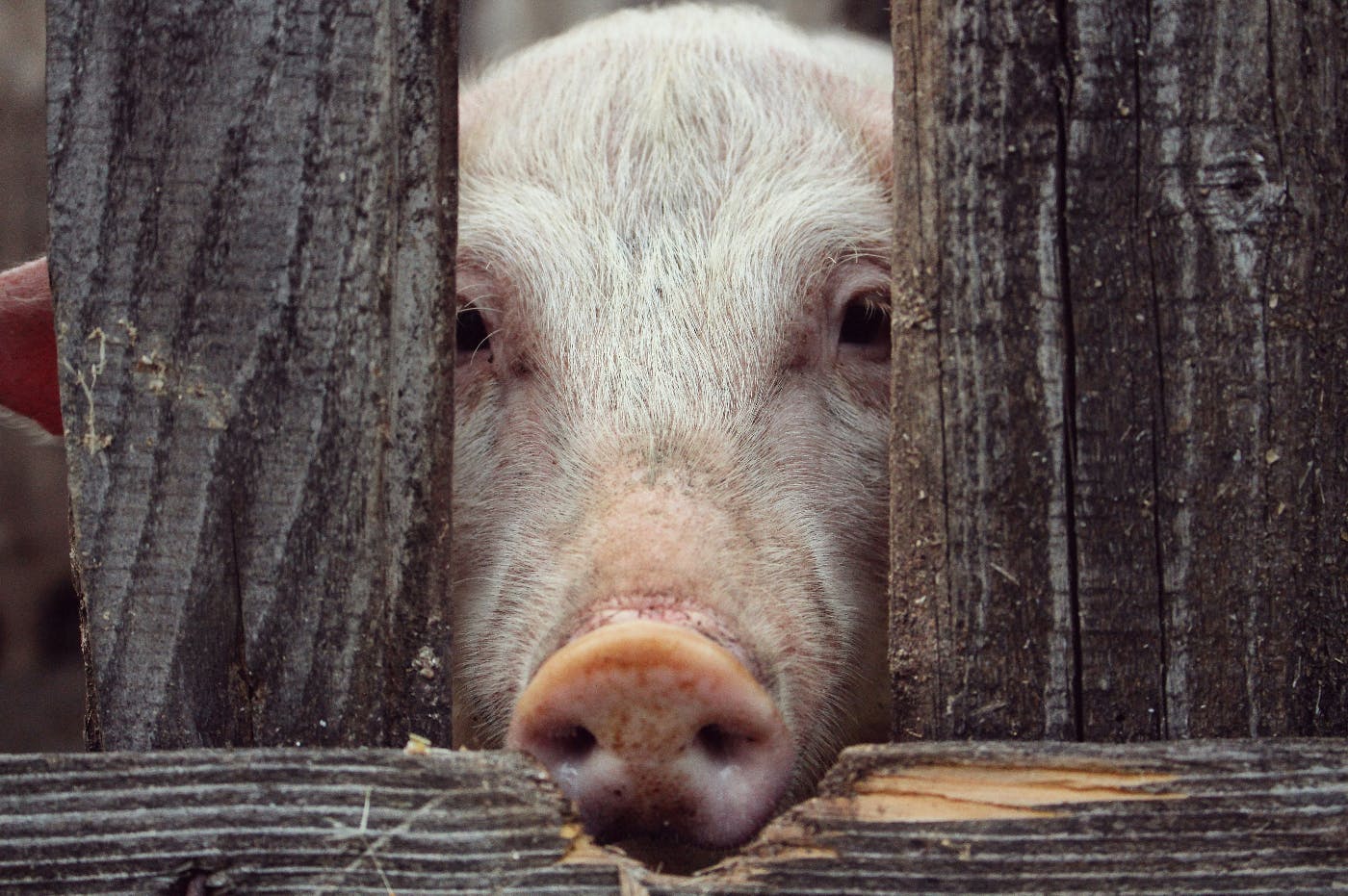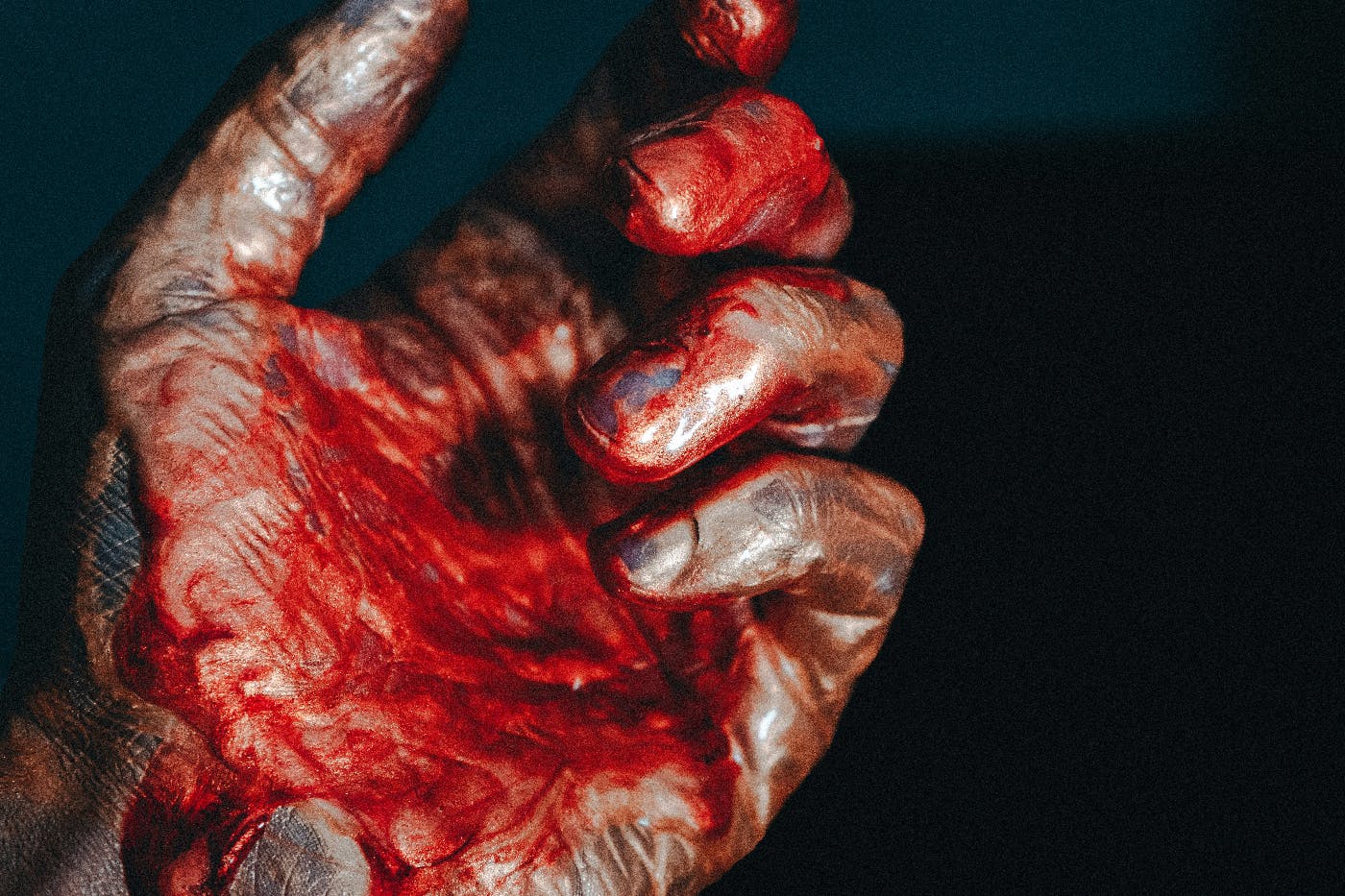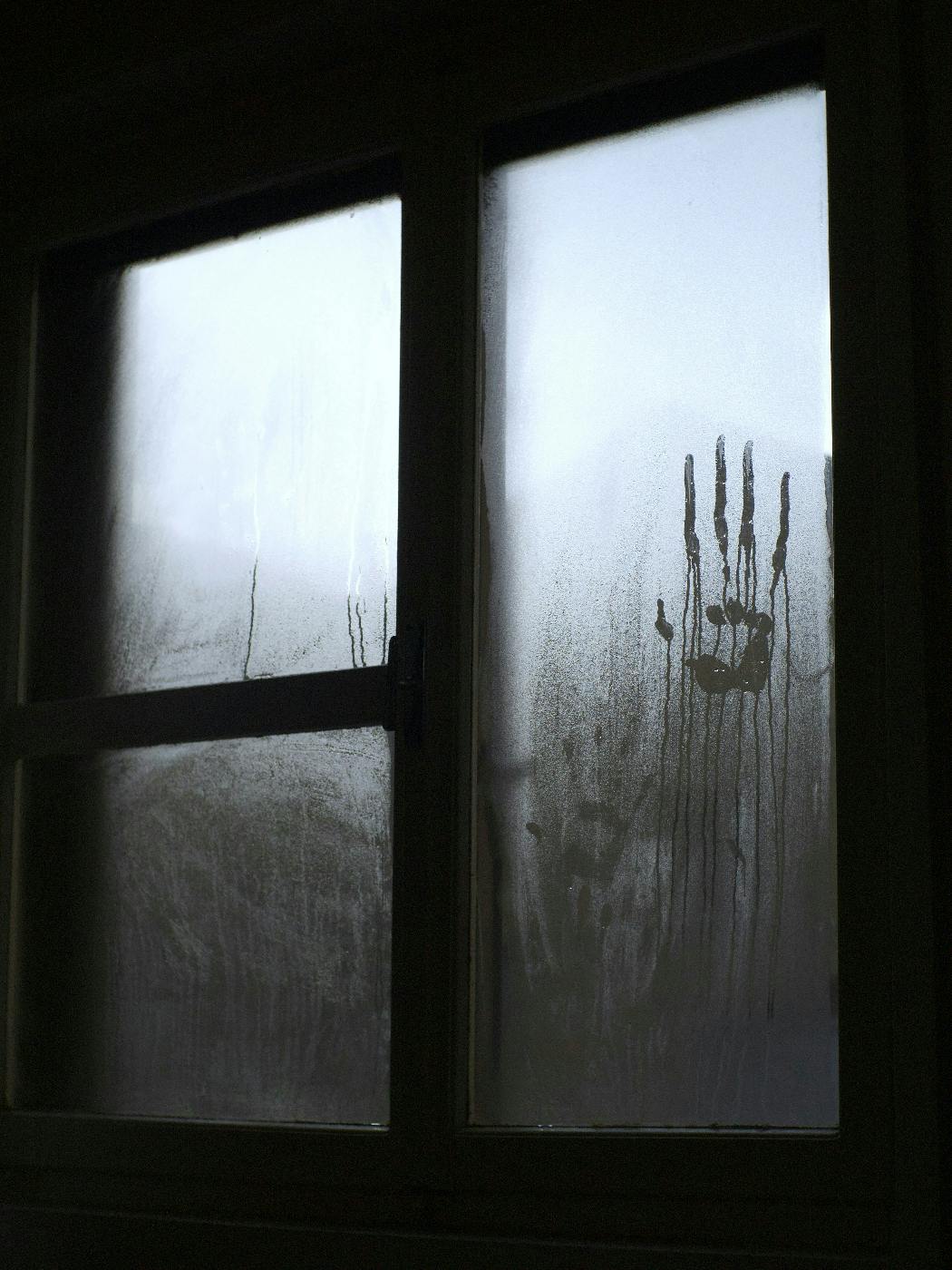
Throughout history, images have played a profound role in shaping public opinion and spurring social change. One of the most stark examples is the photographs from Nazi death camps at the end of World War II.
In March of 1993, Kevin Carter’s photograph The Vulture and the Little Girl was published in The New York Times. It is a shocking photo of a little boy (who was thought to be a girl) who collapsed while trying to reach a United Nations feeding center in his native city of Ayod, Sudan. The image of the collapsed child in the foreground with a hooded vulture eyeing him from nearby caused grief and shock—and led to many donations to help feed people in that part of the world.
Carter was invited to the area to inform the world about Sudan's deplorable conditions. His work and that of other photojournalists and journalists raised a great deal of money and brought attention to the region. That’s the good part. About a year after the photo was first published, Carter won the Pulitzer Prize for the image. About four months after winning that prestigious award, Carter took his own life.
Part of Carter’s suicide note read: “I am haunted by the vivid memories of killings and corpses and anger and pain… of starving or wounded children, of trigger-happy madmen, often police, of killer executioners…”
There was more going on in Carter’s life that caused him to want to exit this world, but this particular photograph seemed to be a tipping point. It is a terrible image that is very difficult to view, but it serves a higher purpose. It opened the eyes of the world and did a lot to aid the starving people of Sudan. The point here is that Carter did not take this picture for fame, money (he died poor), or “likes.” He was a photojournalist, and he was doing his job to educate, reveal, enlighten, and hopefully change the world for the better. His loss is a tragedy.
Historical Photographs That Changed the World
Throughout history, images have played a profound role in shaping public opinion and spurring social change. One of the most stark examples is the photographs from Nazi death camps at the end of World War II. When images of emaciated prisoners, mass graves, and the horrors of Auschwitz were revealed to the world, they shattered any lingering doubt about the atrocities committed under Hitler’s regime. These photographs were undeniable evidence of evil, galvanizing the global community to confront the truth about the Holocaust and ensuring that the phrase “Never Again” became a rallying cry for generations to come.
Another example comes from the Civil Rights Movement in the United States. Images of police dogs attacking peaceful protesters, fire hoses turned on children, and the brutal aftermath of the Selma marches did more than document events—they forced the world to witness injustice and demanded accountability. These images didn’t just inform; they provoked outrage and inspired action, helping to bring about significant social change.
These photographs share a common thread: they educated the public, revealed truths, and inspired people to take action. They transcended the moments they captured to become catalysts for change. They remind us of photography's immense power when wielded responsibly and purposefully.

The Rise of Exploitive Media in the Digital Age
Juxtapose these powerful, history-making images with the ubiquitous TikTok videos and viral clips that flood our feeds today. Instead of sparking enlightenment or driving progress, many of these videos thrive on humiliation and sensationalism. They’re the modern equivalent of pointing and laughing at someone who has fallen but with a much larger and more permanent audience. What’s worse, these videos often lack context. We don’t know the struggles or circumstances of the people being filmed, yet we judge, mock, and share without a second thought.
The act of recording these moments—often shared with captions mocking the individuals involved—doesn’t serve a higher purpose. Unlike Carter’s work, which shone a light on injustice and sparked action, these videos don’t educate, reveal, or enlighten. Instead, they exploit. They dehumanize. They turn someone’s worst moment into a punchline or a spectacle. And what’s the gain? A few thousand views? A moment of fleeting internet fame? A digital pat on the back for being the first to capture chaos?
What’s particularly cruel about these videos is how they rob individuals of their humanity. When we film someone’s breakdown or an argument, we’re reducing a complex human being—someone with a life, history, and struggles—to a caricature of their worst moment. The viewer doesn’t see the context: the sleepless nights, the heartbreak, the trauma, or the desperation that may have led to that scene. Instead, the person becomes "content" for our amusement, a fleeting piece of entertainment in a relentless scroll of endless videos.
Moreover, these recordings often escalate situations rather than de-escalate them. Instead of offering a helping hand, witnesses hold up their phones, creating an audience that can heighten tensions and worsen the situation. Imagine being in a vulnerable, emotionally charged moment only to realize that dozens of phones are pointed at you, capturing your pain for an unsympathetic audience.
Unlike the historical photographs that revealed injustices and called for change, these exploitative videos perpetuate a cycle of shame and humiliation. They normalize cruelty and desensitize us to others' suffering. The more we consume this type of content, the more we train ourselves to see people as objects to be mocked rather than as individuals deserving of compassion.
This behavior doesn’t just harm the individuals being filmed—it erodes our collective humanity. When we prioritize entertainment over empathy, we lose sight of what it means to be kind, to be humane, and to care for one another genuinely. Instead of creating a better world, we feed a culture that thrives on ridicule and division.

The Ethics of Recording Human Suffering
When we press “record” in these moments, we’re making a choice. That choice says more about us than the person we’re filming. It reveals a lack of empathy, a hunger for validation at someone else’s expense, and a troubling apathy toward human suffering.
We’ve all had bad days. We’ve all been pushed to our limits by stress, exhaustion, grief, or anger. Imagine if, in your worst moment, someone aimed a camera at you instead of offering help. Imagine if that moment was immortalized and shared, with strangers weighing in, ridiculing, or judging you without context. Would you feel seen—or exposed?
The consequences of these recordings extend beyond the immediate embarrassment or ridicule. They can have long-term effects on the individual’s mental health, employment prospects, and relationships. When a person’s worst moment is captured and shared online, it becomes a part of their digital footprint—a stain that’s difficult, if not impossible, to erase. This public shaming creates a ripple effect of harm that often goes unnoticed by the person behind the camera.
Kevin Carter’s photograph is a stark reminder of the power of an image to provoke thought and inspire change. But it also reminds us of the weight that comes with capturing human suffering. His story challenges us to ask not just, “What am I looking at?” but “Why am I looking?” and “What am I doing about it?”
The ethical question of "Why am I recording?" is one we must grapple with in a world where filming has become second nature. Are we seeking to help, inform, or educate? Or are we indulging in voyeurism and perpetuating harm? These are not abstract questions; they define the kind of society we are building. A society that watches suffering without acting to alleviate it is one that risks losing its humanity entirely.

Shifting Focus: Using Media for Good
So, as we step into this new year, let’s rethink how we use our phones, our cameras, and our platforms. Let’s aim to record moments that uplift, educate, and inspire, not those that demean or degrade. Let’s choose empathy over exploitation. And maybe, just maybe, let’s put the phones down and lend a hand instead of a lens.
Practical Ways to Shift the Narrative
- Educate Yourself: Before hitting "record," ask yourself: Does this moment serve to enlighten or demean? Understanding the purpose behind capturing an image or video is crucial.
- Support Positive Content: Engage with creators and media that promote empathy, education, and inspiration. By rewarding positive content with your attention, you help shift the digital landscape.
- Call Out Exploitation: If you see exploitative videos circulating, don’t share them. Instead, use your platform to raise awareness about the importance of ethical media consumption.
- Be Present: Sometimes, being there is the best way to help. If you witness someone struggling, prioritize lending support over recording the moment.
Learning from the Past
The photographs that changed the world didn’t just capture suffering—they illuminated truths and spurred action. Let’s use this legacy to guide our actions in the digital age. By choosing to share, create, and amplify stories that matter, we can reclaim the power of media to inspire, educate, and connect rather than exploit.
In a world saturated with content, let’s make sure the images we create and consume build bridges instead of walls, foster understanding instead of division, and inspire change instead of despair.
Summing Up
I didn’t grow up with a cell phone; instead, I carried a dime in my pocket for payphones in case I needed to call home or get help. Because of this, I never developed the reflex to record someone’s pain, sadness, or odd behavior. I didn’t feel compelled to capture someone freaking out over a McChicken with too little mayo. Then again, I also didn’t live in a world where “You’re going viral” was a threat, not a compliment.
This isn’t about romanticizing the “good ol’ days.” It’s about asking whether having incredible technology at our fingertips means we must use it at the expense of others. Just because we can record someone’s worst moment doesn’t mean we should.
If we stopped sharing every video of someone screaming at a fast food worker or losing their temper in public, would these outbursts happen as often? Does the validation of likes, shares, and “going viral” fuel this behavior? Have we normalized incivility and chipped away at our collective humanity by turning public breakdowns into entertainment? Perhaps the attention we give these moments has created a feedback loop where bad behavior is encouraged and rewarded.
Yes, you can press record, but should you? Are we thinking enough before we act? Are we seeing the person in front of us as a fellow human being or just as a vehicle for fleeting internet fame?
The new year is an opportunity to rethink. Let’s pause, reflect, and choose kindness over clicks. New year, new chances to think first. Let’s try it.

